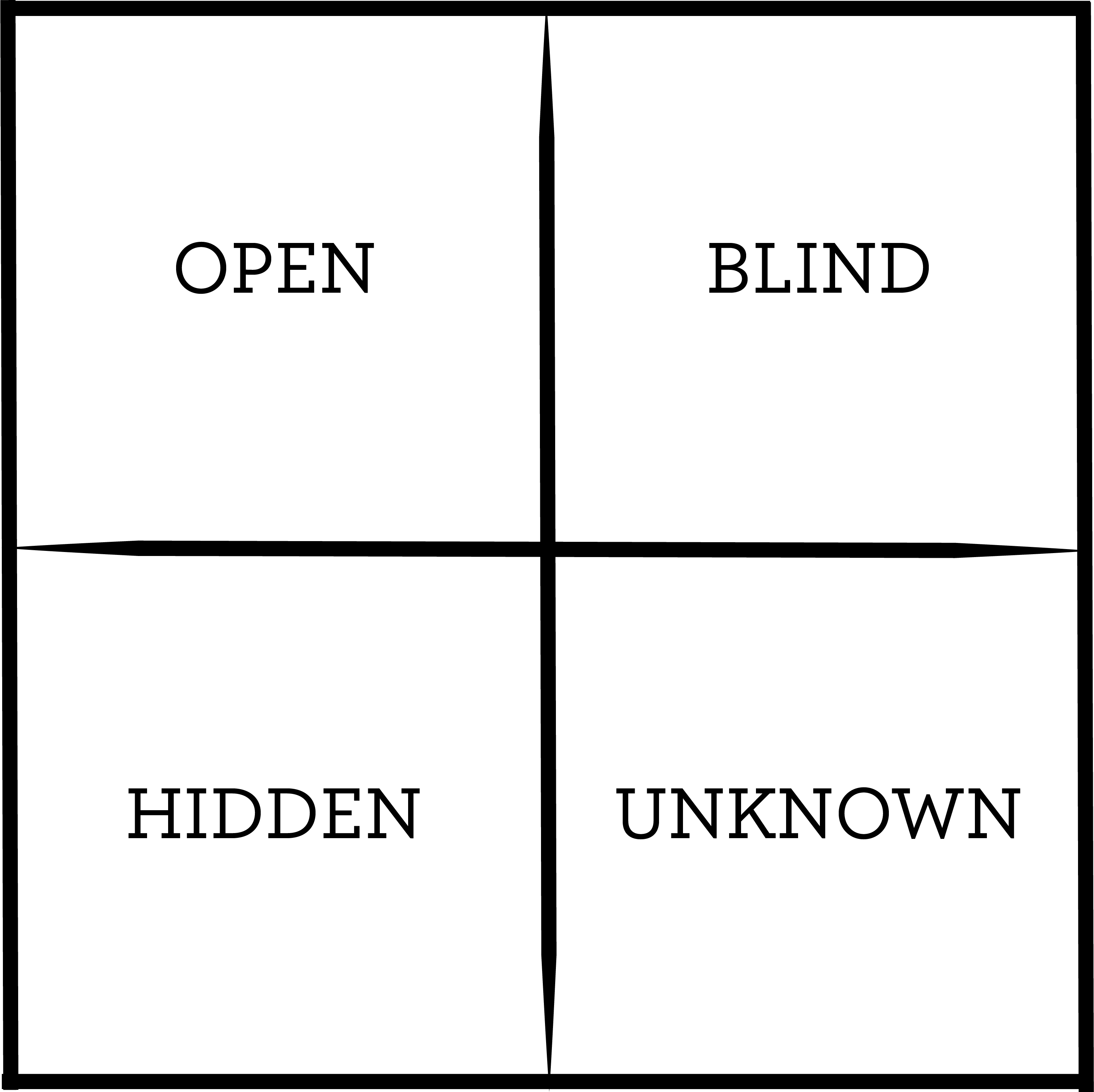This week, we’re continuing our discourse on risk mitigation; looking at how planning tools can help us manage project unknowns. If you haven’t read the HBR article yet, it’s timeless!
Seeing Clearly
Build projects often run behind schedule and over-budget and the success of a project is often determined by the effectiveness of the build team. Knowing what the risks are doesn’t always keep us from falling into traps: even the most experienced builders can accrue unforeseen overages.
Construction risks can generally be broken down into 3 major areas:
- Financial- project exceeds the budget and can endanger the financial health of the company
- Time- project delays can interrupt organization function which can generate a revenue loss
- Design- the end result may not fully meet the company’s needs given choices made by constraints during the design phase.
We know from experience that having an open team dialog, especially during the planning phase of a build, can reduce these risks significantly. There are some quick planning tools to help us predict and manage risk within a project.
Let’s start with a simple model: a Johari Window.

What the heck is a Johari Window?
A Johari window is a simple quadrant where each of the 4 ‘regions’ will help separate all necessary information about a project, in terms of whether the information is known or unknown by the build team, and whether the information is known or unknown by others. This model was originally developed to help people categorize their feelings and motivations to increase their self-awareness, but works perfectly for project planning as well.
It works as follows:
All information known about a project (schedule, team members, resources etc.) is fit into the quadrants based on who owns/can access to this data. We’ve used literal window examples to illustrate this:
- If the information is known to all, then it would go in the upper left (“open”) quadrant i.e. a list of current team members.
- If only an external resource has access to that information, it would be a “blindspot” and added to that quadrant. i.e. the status of an awaiting permit.
- If information is only known within the team, it would go in the lower left “hidden” quadrant. i.e if a team member has a planned vacation that has been covered internally.
- If information is hidden to all, it would fall under the “unknown” quadrant. i.e. weather conditions during build.
The known ‘unknowns’ shouldn’t be a surprise and coping with the unknown ‘unknowns’ are best handled with trusted performance partners.
By doing this quick exercise to break project input into manageable quadrants during the planning phase, we get a visual overview of project risk and can make contingency plans for the unknowns.